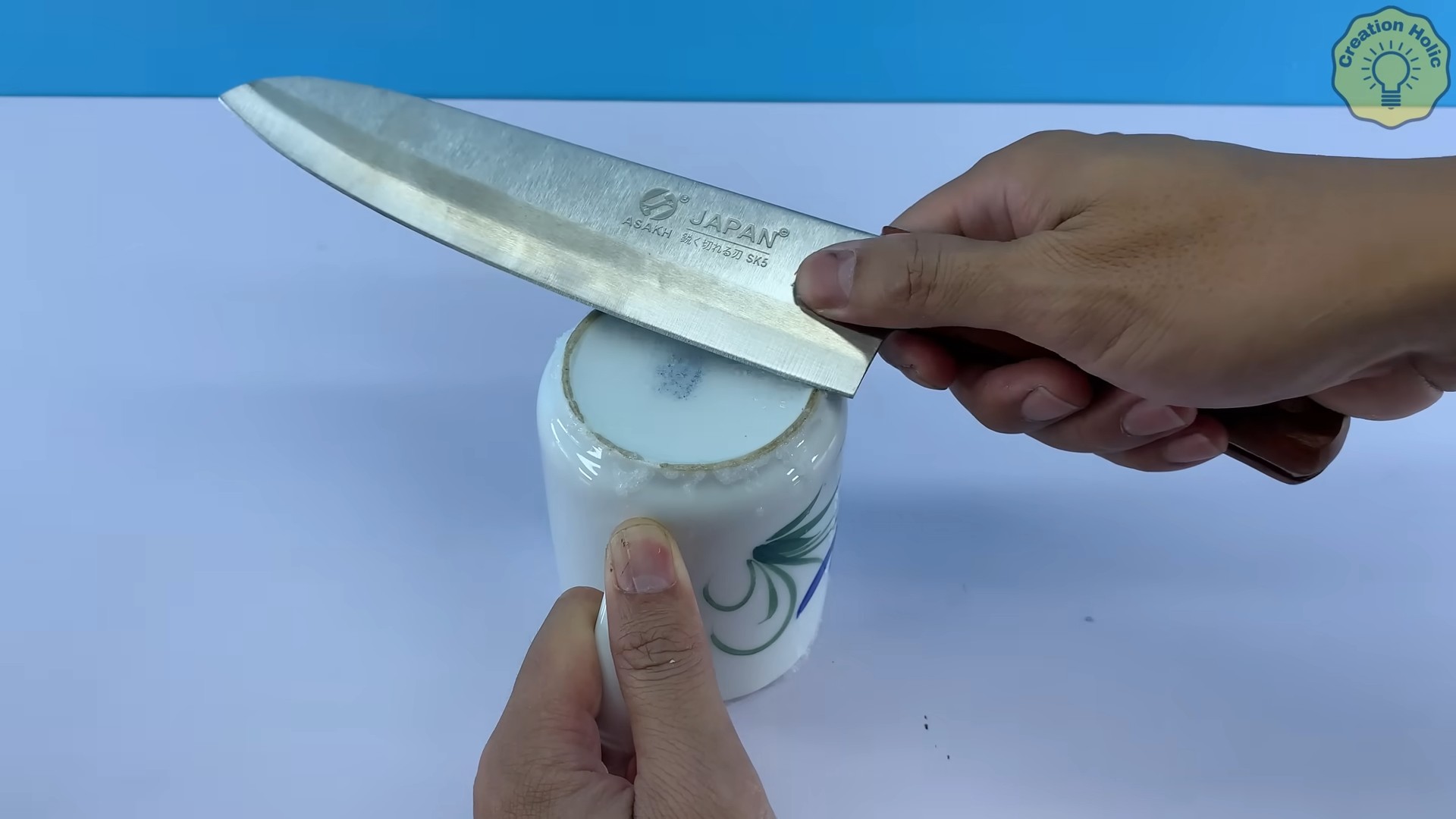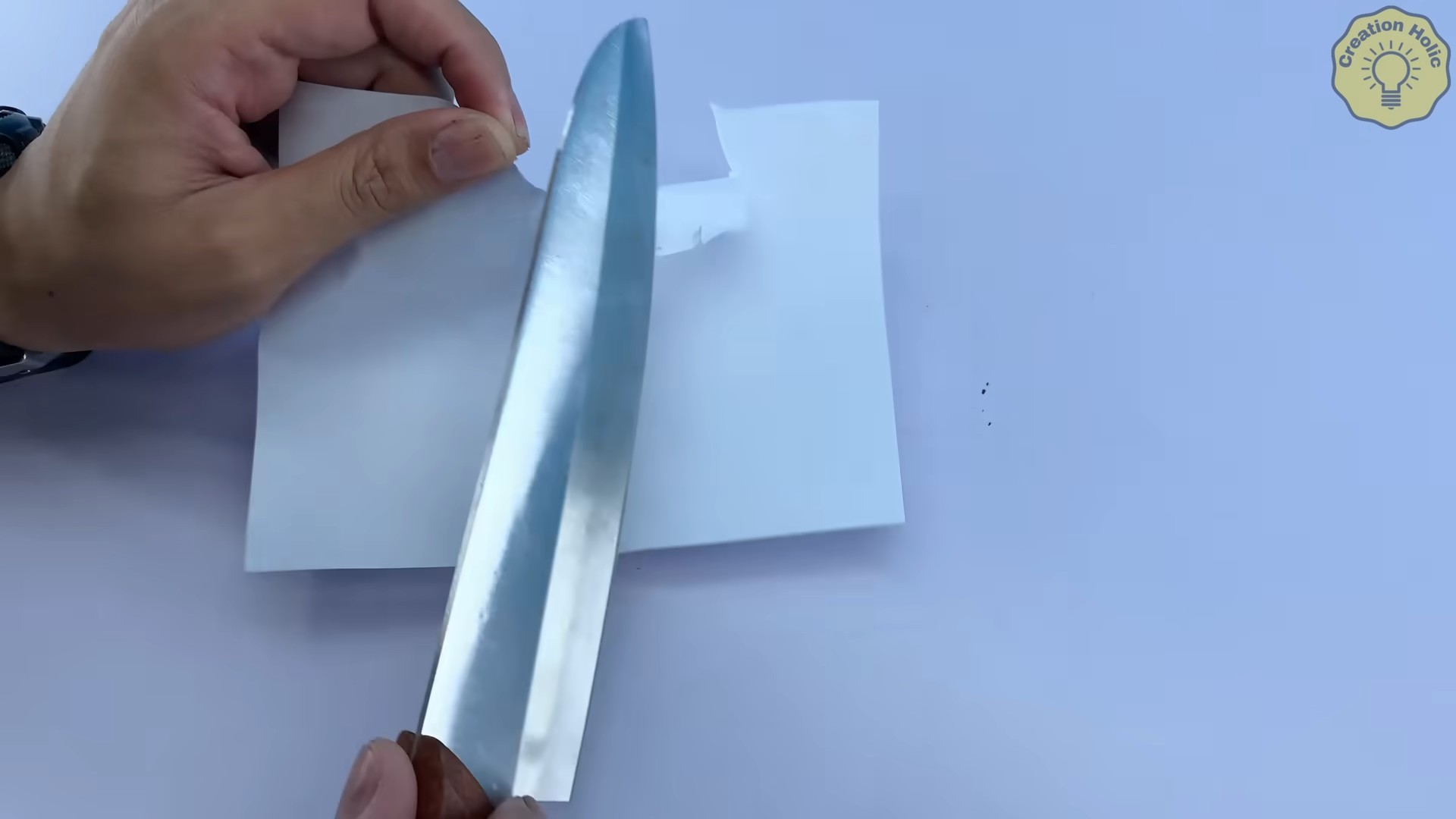DIY Home Project Tips are your gateway to transforming your living space into a personalized haven, one project at a time! Have you ever looked around your home and thought, “I could totally make that better myself”? Well, you’re not alone! For centuries, humans have been putting their own spin on their surroundings, from ancient cave paintings to the intricate tapestries of the Middle Ages. This innate desire to create and customize is alive and well today, and it’s easier than ever to tap into your inner DIY enthusiast.
But let’s be honest, sometimes the thought of tackling a home project can be a little daunting. Where do you even begin? That’s where these DIY Home Project Tips come in. I’m here to share some simple, effective, and budget-friendly tricks and hacks that will empower you to take on those projects you’ve been dreaming about. Whether you’re looking to add a pop of color to a dull room, create a stunning piece of furniture from reclaimed materials, or simply organize your space more efficiently, these tips will give you the confidence and know-how to get the job done right. So, grab your toolbox, unleash your creativity, and let’s get started on making your house a home that truly reflects you!

DIY Floating Shelves: A Weekend Project for a Stylish Home
Okay, let’s dive into creating some awesome floating shelves! I’ve always loved the clean, minimalist look of floating shelves, and I’m excited to share my method for building sturdy and stylish ones yourself. This project is perfect for adding storage and visual appeal to any room, and it’s surprisingly manageable even for beginner DIYers.
Materials You’ll Need
Before we get started, let’s gather all the necessary materials. Trust me, having everything on hand will make the process much smoother.
* **Lumber:**
* For the shelves themselves, I recommend using hardwood like oak, maple, or walnut for a beautiful and durable finish. Pine is a more budget-friendly option, but it might require more sanding and finishing. The thickness will depend on the weight you plan to put on the shelves. I usually go for 1-inch thick boards for a good balance of strength and aesthetics. Decide on the length and depth of your shelves based on your needs and the space you have available.
* For the hidden support brackets, you’ll need some sturdy metal rods. I prefer using steel rods that are at least ½ inch in diameter for maximum support. The length of the rods should be about half the depth of your shelves.
* You’ll also need some wood for the mounting board that will attach to the wall. A piece of 1×4 or 1×6 lumber will work perfectly.
* **Hardware:**
* Heavy-duty wall anchors: Choose anchors appropriate for your wall type (drywall, plaster, or concrete). Make sure they can handle the weight of the shelves and their contents.
* Wood screws: For attaching the shelves to the support brackets and the mounting board to the wall.
* Construction adhesive: For added strength and stability when attaching the shelves to the support brackets.
* **Tools:**
* Stud finder: Absolutely essential for finding the wall studs to ensure secure mounting.
* Level: To make sure your shelves are perfectly horizontal.
* Drill with various drill bits: For drilling pilot holes, holes for the support brackets, and holes for the wall anchors.
* Screwdriver: For driving in the wood screws.
* Measuring tape: For accurate measurements.
* Saw (circular saw or hand saw): For cutting the lumber to the desired size.
* Sander: For smoothing the edges and surfaces of the shelves.
* Wood filler (optional): For filling any imperfections in the wood.
* Clamps: To hold the shelves in place while the adhesive dries.
* Safety glasses and dust mask: Always prioritize safety!
Preparing the Lumber
This step is all about getting your wood ready for assembly. A little prep work goes a long way in achieving a professional-looking finish.
1. **Cutting the Shelves:** Using your saw, carefully cut the lumber for the shelves to the desired length and depth. Make sure your cuts are straight and accurate. I always double-check my measurements before making the cut.
2. **Sanding:** Sand all surfaces and edges of the shelves with progressively finer grits of sandpaper (e.g., 80 grit, 120 grit, 220 grit). This will remove any rough spots and create a smooth surface for finishing. Pay special attention to the edges, as they tend to be the sharpest.
3. **Filling Imperfections (Optional):** If there are any knots, cracks, or other imperfections in the wood, fill them with wood filler. Let the filler dry completely and then sand it smooth.
4. **Finishing:** Now comes the fun part! You can stain, paint, or varnish the shelves to match your décor. I personally love the look of a natural wood stain with a clear coat of varnish for durability. Apply the finish according to the manufacturer’s instructions, and let it dry completely between coats.
Creating the Hidden Support Brackets
This is where the magic happens! These hidden brackets are what give the shelves their floating appearance.
1. **Drilling Holes for the Support Rods:** On the back edge of each shelf, measure and mark the locations for the support rods. I usually place them about 6-8 inches apart, depending on the length of the shelf. Use a drill bit that is slightly larger than the diameter of the steel rods to drill holes deep enough to accommodate the rods. The holes should be drilled straight and perpendicular to the back edge of the shelf.
2. **Preparing the Mounting Board:** Cut the mounting board to the desired length. This board will be attached to the wall and will hold the support rods. Drill holes in the mounting board that correspond to the holes you drilled in the shelves. Again, use a drill bit that is slightly larger than the diameter of the steel rods.
3. **Attaching the Support Rods to the Mounting Board:** Insert the steel rods into the holes in the mounting board. You can use a small amount of construction adhesive to secure them in place. Make sure the rods are straight and aligned.
Assembling the Floating Shelves
Now it’s time to put everything together and create your floating shelves!
1. **Applying Adhesive:** Apply a generous amount of construction adhesive to the steel rods protruding from the mounting board.
2. **Sliding the Shelves onto the Rods:** Carefully slide the shelves onto the steel rods, making sure they are fully seated and flush against the mounting board.
3. **Clamping (Optional):** If desired, use clamps to hold the shelves in place while the adhesive dries. This will ensure a strong and secure bond.
4. **Letting the Adhesive Dry:** Allow the adhesive to dry completely according to the manufacturer’s instructions. This may take several hours or even overnight.
Mounting the Shelves to the Wall
This is the final and most crucial step! Proper mounting is essential for ensuring the shelves are secure and can support weight.
1. **Finding the Wall Studs:** Use a stud finder to locate the wall studs. Mark the locations of the studs with a pencil.
2. **Positioning the Mounting Board:** Position the mounting board against the wall, aligning it with the stud locations. Use a level to ensure the board is perfectly horizontal.
3. **Drilling Pilot Holes:** Drill pilot holes through the mounting board and into the wall studs.
4. **Attaching the Mounting Board to the Wall:** Use wood screws to attach the mounting board to the wall studs. Make sure the screws are long enough to penetrate the studs deeply.
5. **Using Wall Anchors (If Necessary):** If you can’t align the mounting board with the studs, you’ll need to use wall anchors. Drill holes in the wall at the appropriate locations for the anchors, and then insert the anchors. Attach the mounting board to the wall using screws that are compatible with the wall anchors.
6. **Double-Checking Stability:** Once the mounting board is securely attached to the wall, give it a good tug to make sure it’s solid. You want to be absolutely certain that it can support the weight of the shelves and their contents.
Finishing Touches
Almost there! These final touches will make your floating shelves look even more polished.
1. **Concealing the Mounting Board (Optional):** If you want to completely hide the mounting board, you can add a trim piece to the front of the shelves. This will create a seamless, floating effect.
2. **Adding Decorative Items:** Now comes the fun part! Decorate your shelves with your favorite books, plants, photos, and other decorative items.
3. **Enjoying Your New Floating Shelves:** Step back and admire your handiwork! You’ve just created a beautiful and functional addition to your home.
Tips and Tricks for Success
Here are a few extra tips to help you achieve the best results:
* Measure twice, cut once! This is a golden rule in DIY projects. Accurate measurements are essential for a professional-looking finish.
* Use high-quality materials. Investing in good lumber, hardware, and finishes will ensure that your shelves are durable and long-lasting.
* Don’t rush the process. Take your time and follow the instructions carefully. Rushing can lead to mistakes and a less-than-perfect result.
* Ask for help if you need it. If you’re unsure about any part of the process, don’t hesitate to ask a friend or family member for assistance.
* Safety first! Always wear safety glasses and a dust mask when working with power tools.
Troubleshooting
Sometimes, things don’t go exactly as planned. Here are a few common problems and how to fix them:
* Shelves are not level: Use shims to adjust the level of the shelves.
* Shelves are wobbly: Make sure the mounting board is securely attached to the wall. If necessary, add more screws or use stronger wall anchors.
* Adhesive is not holding: Make sure you’re using the correct type of adhesive and that you’re allowing it to dry completely.
* Wood is splitting

Conclusion
So, there you have it! This simple yet incredibly effective DIY home project tip is more than just a clever trick; it’s a game-changer for anyone looking to personalize their living space without breaking the bank. We’ve walked you through the process, highlighting the ease, affordability, and the sheer satisfaction of creating something beautiful and functional with your own two hands.
Why is this a must-try? Because it empowers you to take control of your home’s aesthetic. Instead of settling for mass-produced items that lack character, you can craft unique pieces that reflect your individual style and personality. Imagine the pride you’ll feel every time you see your handiwork, knowing that you brought it to life. This isn’t just about saving money; it’s about investing in your creativity and transforming your house into a home.
But the beauty of this DIY home project tip lies in its adaptability. Feel free to experiment with different materials, colors, and finishes to create a truly bespoke piece. For example, if you’re working with wood, consider using different stains or paints to achieve a rustic, modern, or bohemian look. If you’re upcycling an old item, don’t be afraid to get creative with embellishments like stencils, decoupage, or even adding hardware like knobs or pulls.
Consider these variations to truly make it your own:
* **Themed Projects:** Tailor your project to a specific theme, such as a nautical theme for a bathroom or a vintage theme for a living room.
* **Seasonal Updates:** Create projects that can be easily swapped out to reflect the changing seasons, such as festive decorations for the holidays or floral arrangements for spring.
* **Functional Upgrades:** Focus on projects that not only look good but also serve a practical purpose, such as creating storage solutions or organizing clutter.
* **Collaborative Creations:** Involve your family or friends in the DIY process for a fun and bonding experience.
Ultimately, the goal is to unleash your creativity and have fun while transforming your living space. Don’t be afraid to make mistakes – they’re all part of the learning process. And remember, the most important thing is to create something that you love and that reflects your unique style.
We wholeheartedly encourage you to give this DIY home project tip a try. It’s a rewarding experience that will not only enhance your home but also boost your confidence and creativity. Once you’ve completed your project, we’d love to hear about your experience! Share your photos and stories with us on social media using [Your Hashtag Here]. We can’t wait to see what you create! Let’s inspire each other to transform our houses into homes, one DIY project at a time.
Frequently Asked Questions (FAQ)
What if I’m not very crafty? Can I still do this DIY project?
Absolutely! This DIY home project tip is designed to be accessible to everyone, regardless of their skill level. We’ve intentionally kept the instructions simple and straightforward, using readily available materials and tools. The key is to start small and take your time. Don’t be afraid to make mistakes – they’re a natural part of the learning process. There are also tons of online resources, including video tutorials, that can provide step-by-step guidance. Remember, practice makes perfect, and even the most experienced crafters started somewhere. Focus on enjoying the process and celebrating your accomplishments, no matter how small.
What are some good resources for finding inspiration and tutorials?
The internet is a treasure trove of DIY inspiration and tutorials! Here are a few of our favorite resources:
* **Pinterest:** A visual discovery engine where you can find countless ideas and tutorials for all kinds of DIY projects.
* **YouTube:** A vast library of video tutorials covering everything from basic crafting techniques to advanced DIY projects.
* **Blogs:** Many blogs are dedicated to DIY and home improvement, offering detailed instructions, tips, and inspiration.
* **Instagram:** A great platform for finding visual inspiration and connecting with other DIY enthusiasts.
* **Local Craft Stores:** Many craft stores offer workshops and classes that can teach you new skills and techniques.
Don’t be afraid to explore different resources and find what works best for you.
What if I don’t have all the tools listed in the instructions?
Don’t worry if you don’t have every single tool listed. In many cases, you can substitute tools or find alternative methods. For example, if you don’t have a power drill, you can use a hand drill. If you don’t have a specific type of saw, you can use a different type of saw or even have the materials cut to size at your local hardware store. The key is to be resourceful and think outside the box. If you’re unsure about a particular tool or technique, don’t hesitate to ask for help from a friend, family member, or online community.
How can I make sure my DIY project is safe?
Safety should always be a top priority when undertaking any DIY project. Here are a few tips to help you stay safe:
* **Read the instructions carefully:** Before you start, take the time to read the instructions thoroughly and make sure you understand each step.
* **Wear appropriate safety gear:** Depending on the project, you may need to wear safety glasses, gloves, a dust mask, or other protective gear.
* **Work in a well-ventilated area:** If you’re working with paints, stains, or other chemicals, make sure to work in a well-ventilated area to avoid inhaling harmful fumes.
* **Use tools properly:** Always use tools according to the manufacturer’s instructions and never force them.
* **Be aware of your surroundings:** Keep your work area clean and free of clutter to prevent accidents.
* **Take breaks:** If you’re working on a long or complex project, take breaks to avoid fatigue and maintain focus.
How do I choose the right materials for my DIY project?
Choosing the right materials is crucial for the success of your DIY project. Consider these factors when selecting materials:
* **Durability:** Choose materials that are durable and will withstand wear and tear.
* **Appearance:** Select materials that complement your home’s decor and reflect your personal style.
* **Cost:** Consider your budget and choose materials that are affordable and within your price range.
* **Availability:** Choose materials that are readily available at your local hardware store or craft store.
* **Sustainability:** Opt for sustainable and eco-friendly materials whenever possible.
How do I clean and maintain my DIY project?
The best way to clean and maintain your DIY project will depend on the materials used. In general, you should:
* **Dust regularly:** Use a soft cloth or duster to remove dust and debris.
* **Clean spills immediately:** Wipe up spills as soon as they occur to prevent staining.
* **Use appropriate cleaning products:** Use cleaning products that are specifically designed for the materials used in your project.
* **Avoid harsh chemicals:** Avoid using harsh chemicals or abrasive cleaners, as they can damage the finish.
* **Protect from sunlight:** Protect your project from direct sunlight, as it can cause fading.
By following these simple tips, you can keep your DIY project looking its best for years to come.




Leave a Comment